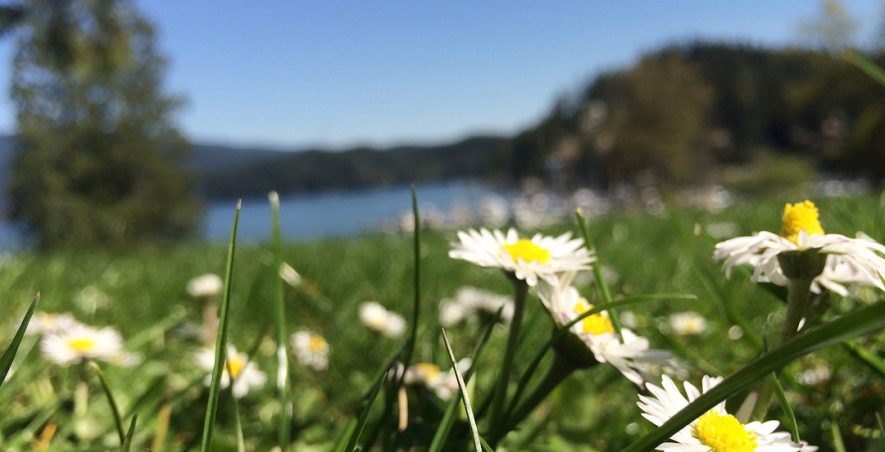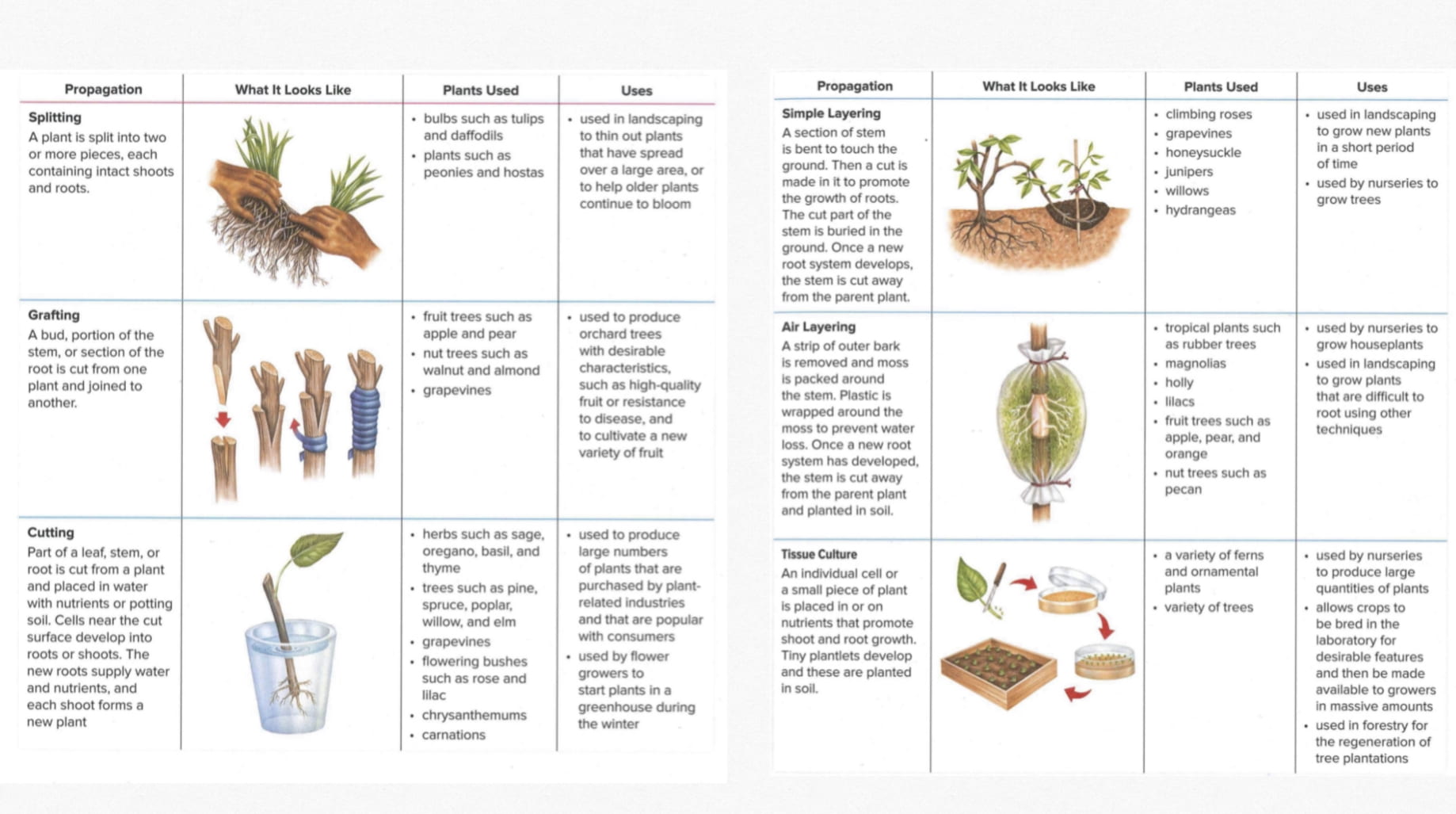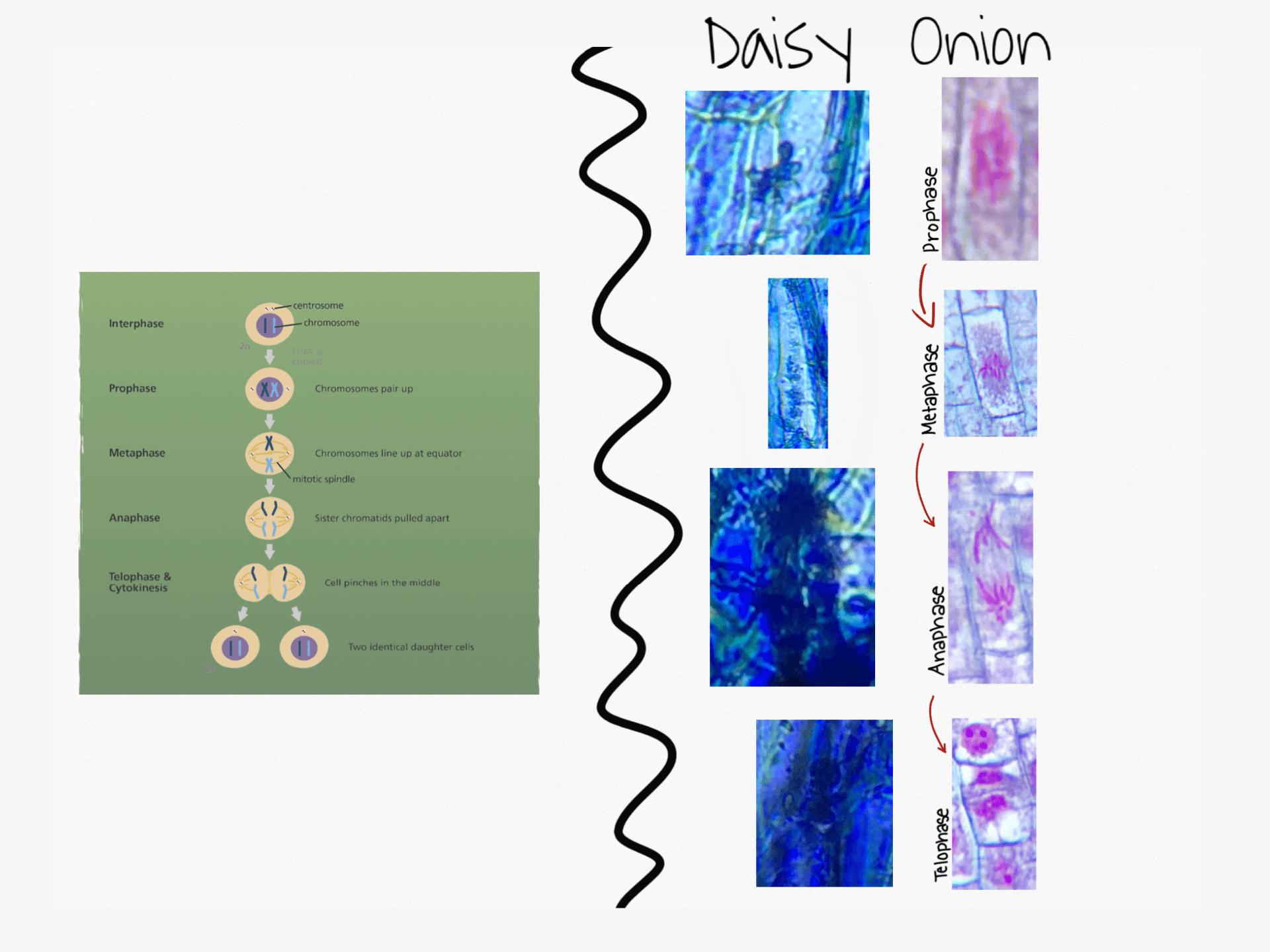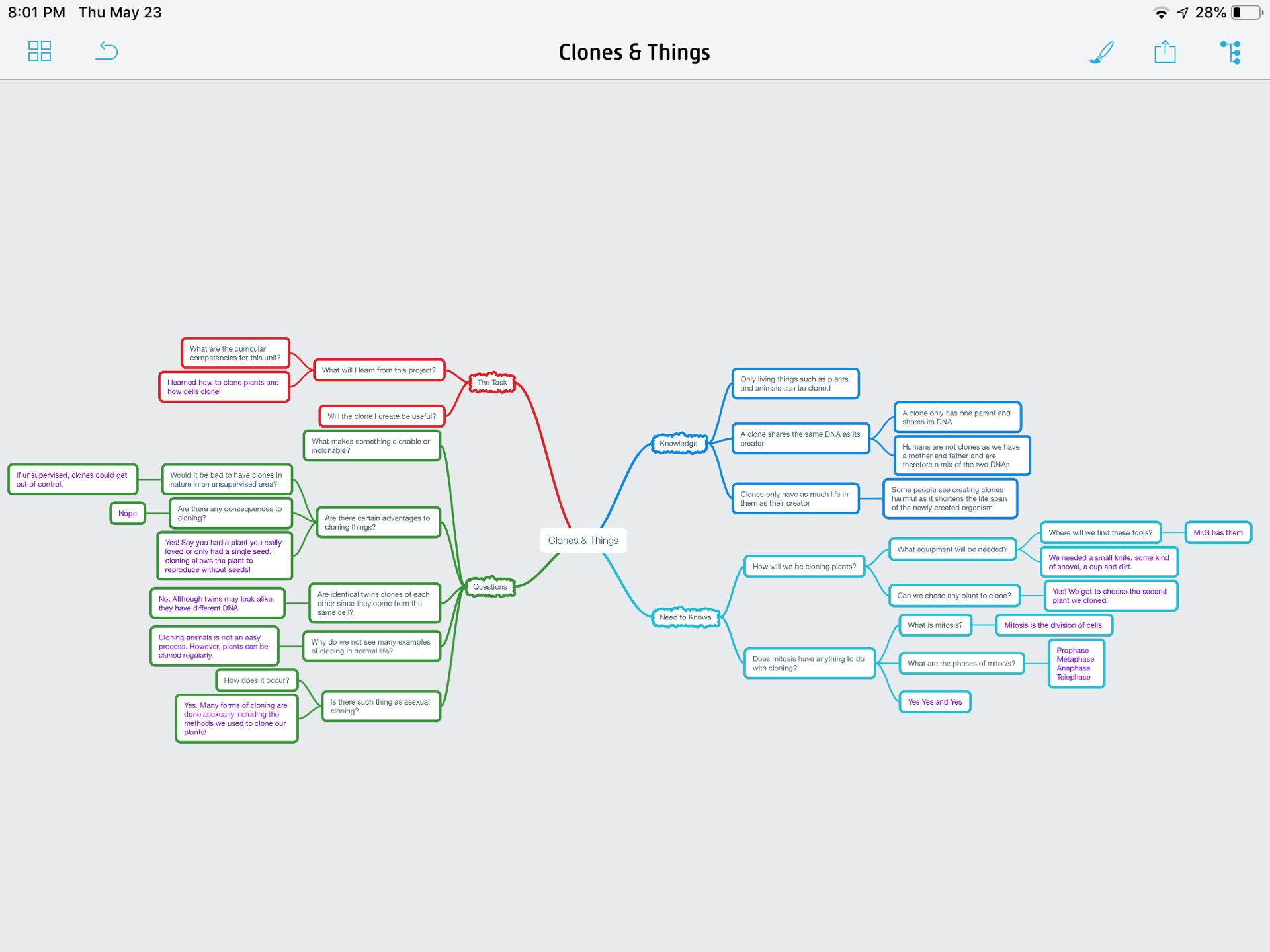Imagine having an identical twin. And I don’t mean you just look alike. Imagine having a twin who is identical to you even right down to your DNA. Now THAT is insane! That “twin” is called a clone. Although it would be extremely difficult to clone a personne or animal, clones do share the exact same DNA as the mother it came from.
To test this out, the PLP 9 Class cloned plants. Not exactly the most interesting thing to clone, but you still get the idea. Before starting, we were introduced to many different ways of cloning a plant. The method you choose varies from the type of plant you wish to clone! To start off the unit, each of us were paired off to clone Dandelions. Again, not the most exciting thing, but, they do the job! To clone these, my partner (Lucy) and I used the Cutting Method. This meant that, after harvesting the plant, we cut off a piece from the root and planted it in soil. We demonstrated the curricular competency of questioning and predicting as we had to predict the outcome and do a little research about the best way to clone these plants. We did the same for the other clones we made too. Unfortunately, none of them grew.
Part of the unit was also learning about the process the plant goes through as its cells grow. This is called Mitosis. To further our knowledge, we took a sample of onion and put it under a microscope to see the cells in action!
Finally, Lucy and I got to choose a plant we’d like to clone. The two of us chose daisies and used the SPLITTING METHOD which is when the mother plant is split into smaller plants. We planned to do this during our research stage as that was the cloning method the two of us saw fit for the job. Then, we conducted the process. Above, you can see that I’ve compared photos of the onion plant we previously looked at and our daisy clone. We were able to find the stages of mitosis taking place in the plant’s root and could see the cells dividing.
After another successful unit, of course we revisited our Project Mindmap and added in everything we learned. I evaluated what worked and didn’t work during our cloning process and summarized it all in this blog post!








